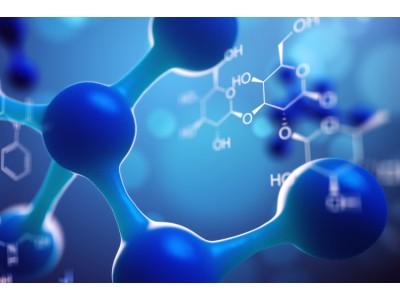| Bioactivity | Cinnamic acid has potential use in cancer intervention, with IC50s of 1-4.5 mM in glioblastoma, melanoma, prostate and lung carcinoma cells. | ||||||||||||
| Invitro | Treatment with Cinnamic acid (CINN) of various tumor cells of epithelial and neuroectodermal origin result in dose-dependent growth inhibition following a 3-day exposure. The inhibitory concentrations causing a 50% reduction in tumor-cell proliferation (IC50) are between 1.2 to 4.5 mM. It is also showed that 20 mM Cinnamic acid is needed to cause an IC50 in FS4 cells, i.e. 5 to 20 times more than for tumor cells. In addition to inhibiting tumor-cell proliferation, Cinnamic acid causes morphological changes consistent with melanocyte differentiation. Within 5 days of treatment with 5 mM Cinnamic acid, melanoma 1011 cells appear enlarged with a markedly increased cytoplasm-to-nuclear ratio and well organized cytoskeleton, developed long dendritic processes and became highly melanotic. The change in the capacity of Cinnamic acid -treated melanoma 1011, A375(M) and SKMEL28 cells to degrade and cross tissue barriers is assessed by an in vitro invasion assay using modified Boyden chambers with matrigel-coated filters. After 3 days of continuous treatment with Cinnamic acid, a dose-dependent loss of invasive capacity in 3 tested tumor lines is observed. Treatment with 5 mM Cinnamic acid results in 75-95% loss of invasiveness[1]. | ||||||||||||
| Name | Cinnamic acid | ||||||||||||
| CAS | 621-82-9 | ||||||||||||
| Formula | C9H8O2 | ||||||||||||
| Molar Mass | 148.16 | ||||||||||||
| Transport | Room temperature in continental US; may vary elsewhere. | ||||||||||||
| Storage |
|
